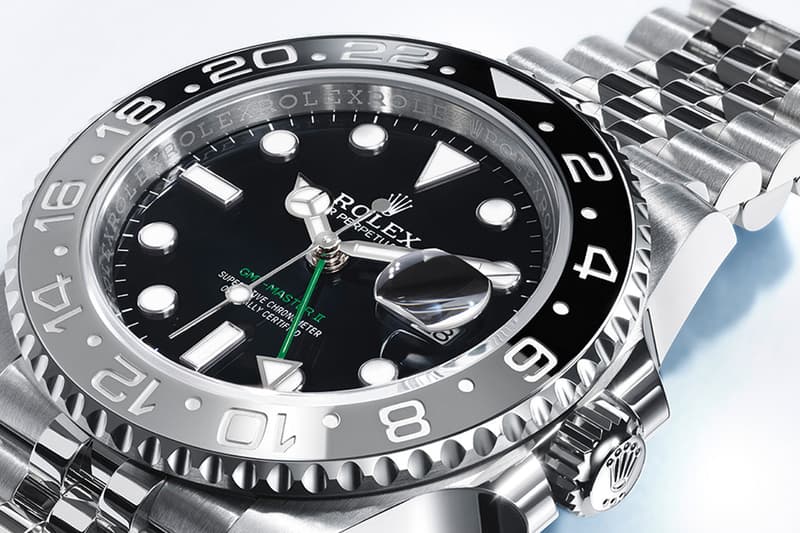The global luxury market is bracing for significant upheaval as the United States implements a steep new tariff on Swiss Imports, poised to dramatically reshape the landscape for iconic brands like Rolex. This latest economic maneuver, a 39% ad valorem levy, targets a crucial sector of Swiss exports, signaling a critical juncture for both producers and consumers in the lucrative Luxury Watches industry.
Effective August 7, 2025, this substantial tariff represents one of the most aggressive measures within the broader reciprocal-tariff regime, with the White House citing a substantial $38 billion U.S. goods-trade deficit with Switzerland as its primary justification. Notably, this 39% rate far exceeds the more lenient 15% tariffs extended to key trading partners such as the European Union, Japan, and South Korea, who had previously secured preliminary agreements before the August deadline.
For Switzerland’s storied watch industry, which accounted for over $6 billion in exports to the U.S. last year alone, this new US Tariffs measure presents a formidable challenge. Leading watch Maisons, including the globally renowned Rolex, are now confronted with a difficult choice: absorb the considerable additional costs themselves, thereby impacting their profit margins, or pass these increases directly onto American consumers, potentially dampening demand and inflating Rolex Prices.
The immediate repercussions for consumers are already evident, with some luxury watch retail prices seeing increases of up to 15% in anticipation of the full tariff implementation. This financial burden is expected to significantly alter consumer purchasing behavior, potentially driving a surge in demand for pre-owned platforms and secondary market sales, as collectors seek to circumvent the new surcharge and find more accessible entry points into the luxury segment.
Beyond the established giants, independent Swiss ateliers, which have diligently carved out their unique niches within the U.S. market, are particularly vulnerable. These smaller, often highly specialized, manufacturers possess less financial resilience to absorb such steep additional costs, threatening their viability and potentially limiting the diversity of luxury watch offerings available to American enthusiasts.
This latest escalation is not an isolated incident but rather a continuation of a wider Trade Policy overhaul initiated earlier. The administration had previously outlined a tiered structure that included a baseline 10% global rate and a conditional 31% levy on Switzerland if bilateral trade talks failed. The formalized policy introduced a 10% minimum on all imports, a 15% rate for countries with negotiated pacts, and significantly higher duties for nations contributing to large U.S. trade deficits.
The ripple effects of this protectionist approach extend beyond Switzerland, illustrating a broader reshaping of global commerce. Countries like Canada have already witnessed their tariffs rise from 25% to 35% in a separate decree linked to drug-enforcement cooperation. Nations such as India, facing a 25% tariff, and Syria, with a substantial 41% levy, are also grappling with elevated trade barriers across numerous economic relationships, underscoring a period of heightened international trade tensions.
Ultimately, the long-term Economic Impact of these tariffs on the luxury watch sector and broader international trade remains a subject of intense scrutiny. As the market adapts to these new financial realities, the dynamics of supply, demand, and accessibility for high-end goods will continue to evolve, compelling both manufacturers and consumers to navigate an increasingly complex global economic landscape.






Leave a Reply